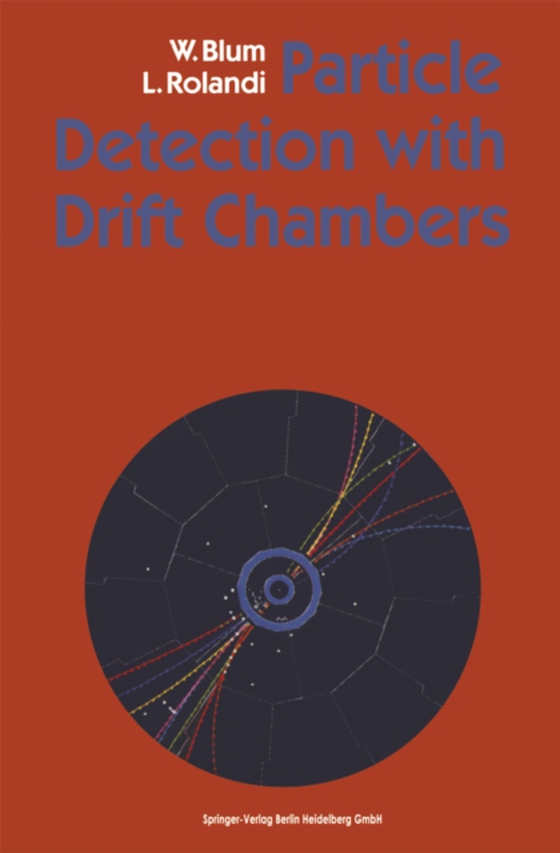
Particle Detection with Drift Chambers e-bog
692,63 DKK
(inkl. moms 865,79 DKK)
A drift chamber is an apparatus for measuring the space coordinates of the trajectory of a charged particle. This is achieved by detecting the ionization electrons produced by the charged particle in the gas of the chamber and by measuring their drift times and arrival positions on sensitive electrodes. When the multiwire proportional chamber, or 'Charpak cham- ber' as we used to call it, was i...
E-bog
692,63 DKK
Forlag
Springer
Udgivet
9 marts 2013
Genrer
PDD
Sprog
English
Format
pdf
Beskyttelse
LCP
ISBN
9783662029206
A drift chamber is an apparatus for measuring the space coordinates of the trajectory of a charged particle. This is achieved by detecting the ionization electrons produced by the charged particle in the gas of the chamber and by measuring their drift times and arrival positions on sensitive electrodes. When the multiwire proportional chamber, or 'Charpak cham- ber' as we used to call it, was introduced in 1968, its authors had already noted that the time of a signal could be useful for a coordinate determination, and first studies with a drift chamber were made by Bressani, Charpak, Rahm and ZupanCic in 1969. When the first operational drift-chamber system with electric circuitry and readout was built by Walenta, Heintze and Schiirlein in 1971, a new instrument for particle experiments had appeared. A broad study of the behaviour of drifting electrons in gases began in laboratories where there was interest in the detection of particles. Diffusion and drift of electrons and ions in gases were at that time well-established subjects in their own right. The study of the influ- ence of magnetic fields on these processes was completed in the 1930s and all fundamental equations were contained in the article by W.P. Allis in the Encyclopedia of Physics [ALL 56]. It did not take very long until the particle physicists learnt to apply the methods of the Maxwell-Boltzmann equations and of the electron-swarm experi- ments that had been developed for the study of atomic properties.
 Dansk
Dansk

